With the arrival of numerous Japanese ramen brands in Taiwan, the ramen wave has been gradually dissipating and replaced by the desire to taste genuine Japanese ramen in Japan. This article sums up some tips when eating ramen in Japan and a provides a glossary list for ordering. Let’s take a look!
Ramen is actually Japanese cuisine?! The locals don’t seem to think so!
Foreigners usually have this concept that “ramen=Japanese cuisine”, but to the Japanese, ramen actually evolved from Chuka ryori (Chinese food). To be more precise, it came from a bowl of “Nanjing soba noodles” sold at Chinatown, Yokohama. Chewy noodles made with alkaline water are put into a bowl of long-simmered broth, with a few drops of sesame oil added in and topped with a slice of pork, some dried bamboo shoots, kamaboko (fish cake) and chopped green onion. This is how a bowl of aromatic, delicious ramen is made. Noodles had never been made this way before, so it was no wonder the dish became widely popular as soon as it came out!
Later on, a Japanese man named Ozaki Kenichi hired some Chinese people and opened a restaurant in Asakusa specializing in “Canton Shina soba”, marking the first appearance of the names [Shina soba] and [Chuka ramen (Chuka soba)], and the names are still widely used by the Japanese people to date. From its birth in Chinatown to the emergence of Chuka ramen, the Japanese have been viewing ramen as an adaptation of Chuka ryori, with a deep-rooted impression of “ramen=Chinese cuisine”. The soup, eating method and toppings then began to change and gradually developed into the well-known Japanese-style noodles like tonkotsu (pork bone) ramen and tsukemen (dipping ramen).
A trick to eating ramen: choose the right broth for maximum enjoyment
What is the trick to enjoying ramen? Certainly not slurping noodles loudly like the Japanese! It is time to learn things like how to tell the ramen type by the shop name, and how to taste the rarer ramen without having to queue up for too long!
1. Always check the shop’s Twitter account
It’s common for ramen shops in Japan to have hidden ramen flavors available not only for that day or served for a short period of time. Sometimes they won’t advertise this on the storefront, but on their Twitter or Facebook instead. What’s more, some stores may be closed out of the blue, so be sure to check their Twitter or Facebook before heading there. This way, you'll avoid making a trip in vain, and might even get to taste the hidden limited-edition ramen!
2. Avoid the busy times to shorten the wait
If you want to enjoy the yummy ramen from popular ramen shops, prepare yourself for a long wait in line for 3 to 4 hours. Fortunately, there are some time periods when the queue shouldn’t be that long. First, arrive at the shop to wait in line around half an hour to an hour before it opens; usually about half an hour on weekdays and an hour on weekends and holidays.
If getting up early is really difficult for you, try the 2nd best time period: 3 pm to 5 pm. Since it is just after lunch and not yet dinner time, plus many people are still at work, there should be less people. The last time slot is at night. Some ramen shops will take a short break after lunch hour and open business again at 5:30 pm or 6:00 pm. Start waiting in line half an hour to an hour before it reopens and you just might get the chance to taste the yummy food sooner!
3. Figure out the kind of ramen by the name of the store
With the diversified development of Japanese ramen, many widely-liked flavors and combinations have earned praise from customers, which also attract more and more apprentices to start learning to make ramen, hoping that someday they will create their own signature dish. A graduated chef who gets to open his/her own ramen shop would use part of the master’s shop name, or use the whole name directly with the master’s consent. Therefore, sometimes just by looking at the name, one can tell the characteristics of the ramen it offers.
![Indespensable Knowledge For Every Raman Lover! A Glossary with Shop Recommendations]()
For example, a shop name with the Japanese word “郎” (rou) usually implies plenty of vegetables and a tremendous amount of meat slices served with a tonkotsu and soy sauce base broth; those with the word “家” (ka/ya) often means the tonkotsu and soy sauce flavored ramen is topped with char siu (barbecued pork), spinach and nori (seaweed), while the hardness of noodles, and the richness and oiliness of the soup are adjustable. Pay attention to the name next time you come across a ramen shop!
Learn some practical ramen phrases for a blissful meal!
At ramen shops, you often see special terms that you can sound out but don’t really understand. Learn their meanings here so that you can order food more smoothly next time you visit.
・替玉(KAEDAMA)
Upon finishing your ramen, if your stomach is not yet satisfied and there is still plenty of broth left, you might tell the waiter/waitress “SUMIMASEN, KAEDAMA ONEGAISIMASU”, which means you would like to order extra noodles!
・アトム(ATOMU)
This term is generally used in relation to ramen, referring to “Monosodium glutamate (MSG)”. Some shops may directly specify “without chemical seasonings” instead.
・かえし(KAESI)
At tsukemen shops, sometimes you may see the word “かえし” (KAESHI), which refers to tsukemen sauce added with broth. Many restaurants also introduce ways to make noodles more delicious by adding broth.
![Indespensable Knowledge For Every Raman Lover! A Glossary with Shop Recommendations]()
・ヘット(HETTO)
This refers to beef fat, originating from the German word “Fett”.
・わりした(WARISITA)
This usually means soup or sauce seasoned with sugar, soy sauce and mirin (sweet cooking sake).
・あつもり(ATSUMORI)
Generally speaking, tuskemen noodles are chilled for a more chewy texture, more wheat aroma and a sweeter taste. But if you are used to eating hot noodles, or don’t want the tsukemen soup becoming cold as you eat, you may ask for “ATSUMORI”,which means to have your noodles heated up.
・ズンダレ(ZUNDARE)
Some ramen shops let customers choose the hardness of noodles, and “ZUDARE” means super soft noodles. The options include “ZUDARE” (super soft) > “YAWA” (soft) > “FUTSU” (normal) > “KATA” (hard) > “BARIKATA” (super hard).
Up and coming ramen shops with various flavors for you to choose from
Still can’t decide on which restaurant to go to? Here are some ramen shops with growing popularity!
Ramen Sapporo Ichiryuan
The top recommendation is called [Genki no Deru (Energetic) Miso Ramen], a nutrient-rich dish topped with garlic—Hokkaido’s king of sansei (mountain vegetables)—and chives. The chewy noodles are handmade from selected Hokkaido wheat flour like exclusively formulated "HOKUSHIN", "North Fragrance" and "Power of Dreams". Every bowl is created from the chef’s heart for guests with the “Ichi-go ichi-e” spirit, meaning to cherish the unrepeatable nature of a moment.
Open: Lunch 11:00 am - 3:00 pm (L.O. 2:45 pm), Dinner 5:00 pm - 9:00 pm (L.O. 8:45 pm)
Closed: Irregular
[September opening hours] Closed on the 1st and 8th. Opens at 12:00 pm and closes at 6:00 pm (closed at night) on 15th, 22nd and 29th.
Average price:
Access: 2-minute walk from JR Sapporo Station South Exit. Right above Sapporo Municipal Subway’s Sapporo Station, and connected to exit no. 23.
Address: B1F, Hokuren Bldg., 1-1, Kita 4-jo Nishi, Chuo-ku, Sapporo-shi, Hokkaido
MapReference source: Chinese only
Aged Tonkotsu Ramen Specialty Store: Dai Nagoya Ichibanken
The owner had been trained for many years in Kyushu Nagahama, the birthplace of tonkotsu ramen. While the [Aged Tonkotsu Ramen] he makes is originated from Nagahama, it has constantly evolved as [Nagoya tonkotsu], where the rich yet refreshing soup has been keeping pace with the times. We highly recommend the reasonably priced yet lavish [Luxury White Tonkotsu Ramen], which features white tonkotsu ramen adorned with popular toppings such as soft-boiled flavored egg, char siu and grilled nori.
Open:
11:00-23:00(L.O.22:55)Closed:
None. Open all year. Closed on New Year's Day. Also follows the building’s public holidays.Average price:
[Dinner] 1,000 JPY / [Lunch] 900 JPYAccess:
1- 5 minutes walk from Nagoya Station on any lineAddress:
B1, 3-28-12 Meieki, Nakamura-ku, Nagoya, Aichi MapMore Details Reservation
Japanese Noodle Bar Sabane
At [Japanese Noodle Bar Sabane], customers get to savor an exceptional ramen broth simmered with a whole mackerel. During lunch hours, the shop serves ramen like [Black Sea Mackerel Ramen No.1] and [White Sea Mackerel Ramen No.1], as well as rice bowl dishes such as the [Salted Mackerel Bowl Rice]. At dinner time, the shop transforms into a chic, bar-like space, attracting many female customers with their the diversified mackerel food and multinational cuisine.
Open:
Lunch 11:30 am - 2:00 pm (L.O. 2:00 pm) / Dinner 6:00 pm - 11:00 pm (L.O. 10:00 pm)Closed:
IrregularAverage price:
[Dinner] 3,000 JPY / [Lunch] 800 JPYAccess:
From [Higashi-hanazono station], head south along the Onchi river. Turn left at Osaka prefectural Route 24 and it is on your left side. There are 8 metered parking spots nearby.Address:
3-12-12 Shin-ikeshima-cho, Higashi-Osaka city, Osaka MapMore Details Reservation
Men Urayama Sakae Main Branch
The Men Urayama Sakae Main Branch is a ramen restaurant produced by Sushi Urayama in Nagoya. The soup uses Hokuriku ingredients, such as blackthroat seaperch, clams, and sweet shrimp. It doesn't use chemical seasonings, and the natural flavors really stand out. They take great care with their food, for example by selecting 3 kinds of homemade noodles to go with each soup. The soy sauce ramen uses soy sauce from Hokuriku, and the 2 soups that can be chosen from draw out the flavors. Adding freshly made ginger in the middle of eating is sure to have guests eating more and more thanks to the lively fragrances.
Open:
[Monday, Tuesday, Wednesday, Thursday] 11:00 am - 3:00 am (L.O. 2:45 am) / [Friday, Saturday] 11:00 am - 5:00 am (L.O. 4:45 am) / [Sunday] 11:00 am - 11:00 pm (L.O. 10:45 pm)Closed:
None (Excluding New Year's Holidays)Average price:
[Dinner] 1,000 JPY / [Lunch] 1,500 JPYAccess:
5-minute walk from Sakae Station (Nagoya Station) / Sushi Urayama Sakae is located on the first floor of the building. To get to Men Urayama, take the stairs down to the basement.Address:
B1F, Le Parc MK Bldg., 3-9-20, Sakae, Naka-ku, Nagoya-shi, Aichi Map
More Details Reservation Japanese ramen is classified into many types of soups, noodles and toppings, and each different combination has its own distinct texture, taste and satisfaction. If you want to have a happy and satisfying ramen experience in Japan, remember to do some research beforehand!
Disclaimer: All information is accurate at time of publication.


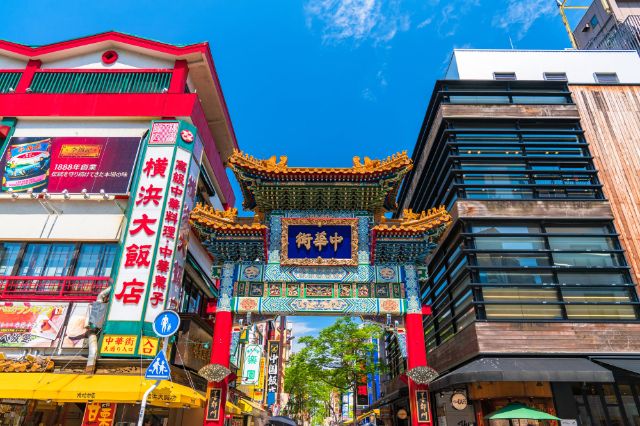
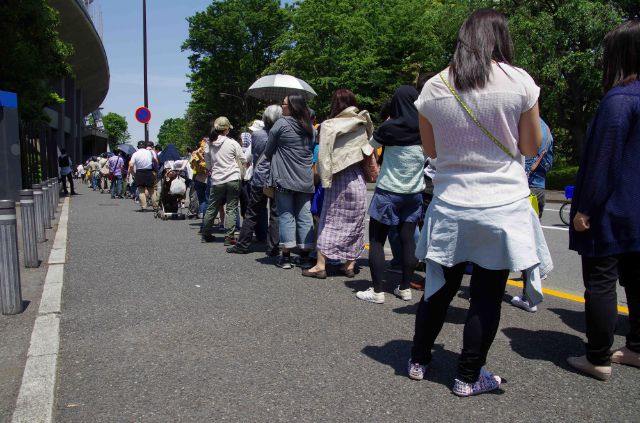
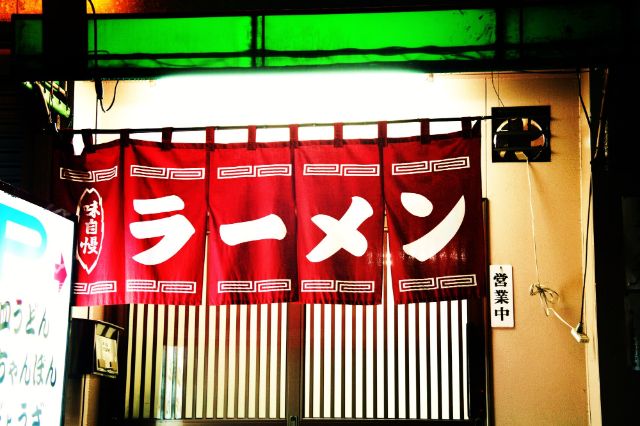
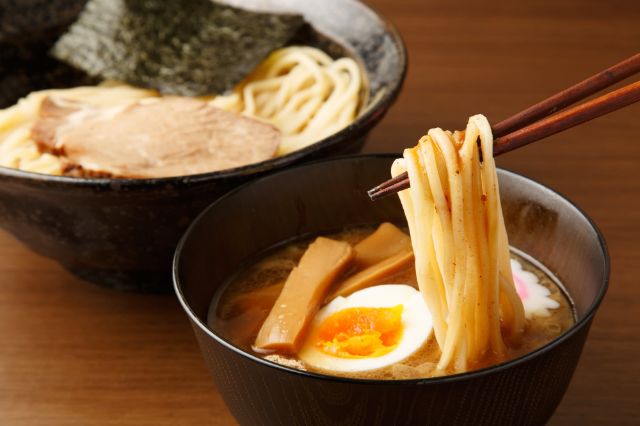
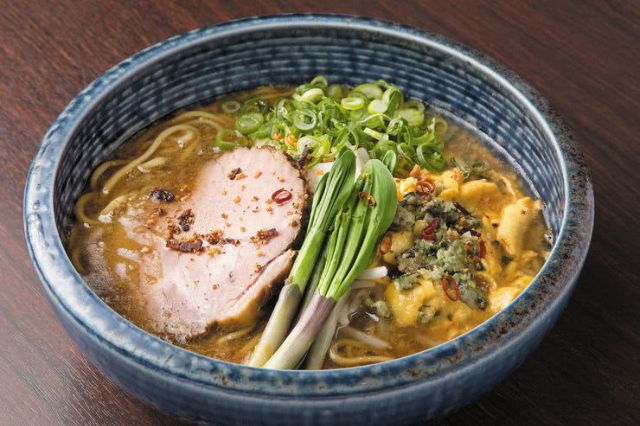
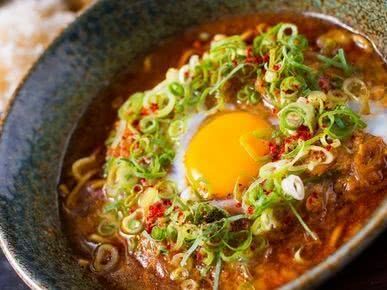

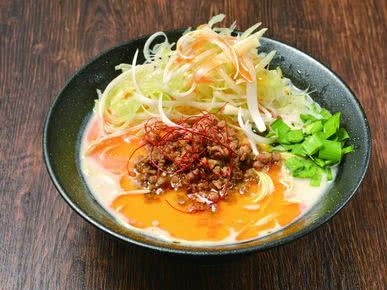
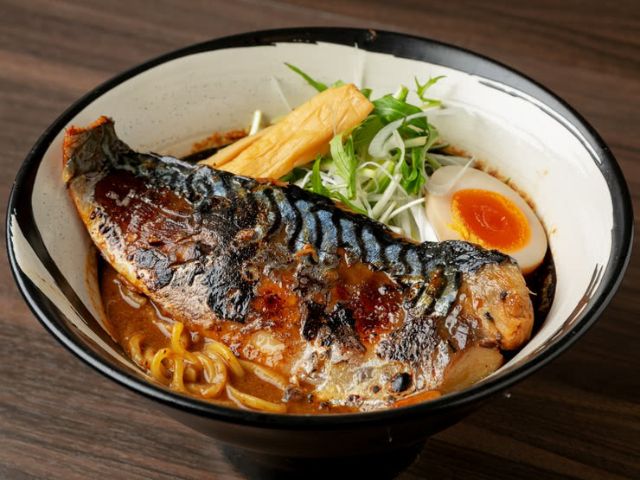

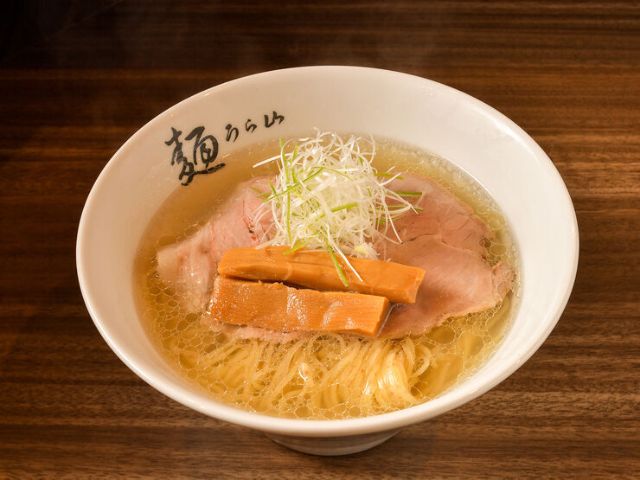
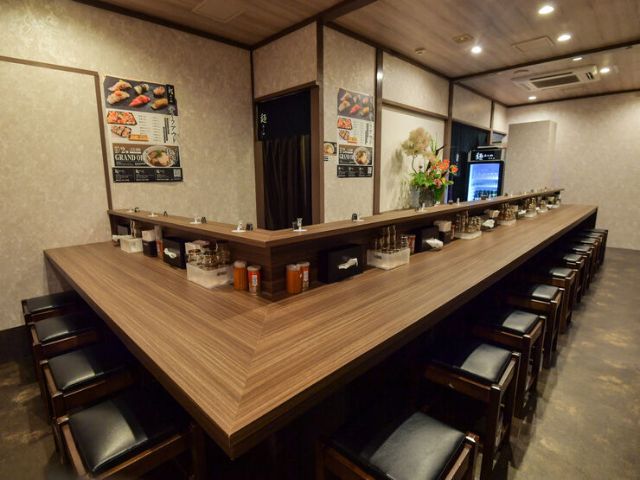









![Azabudai Hills [SUMI] (Janu Tokyo) ~ Editor's Afterword by the Editor-in-Chief of Japan's Gourmet Site](https://rimage.savorjapan.com/svj/image/discover_oishii_japan/6536/article_head_150x105z.jpg)









